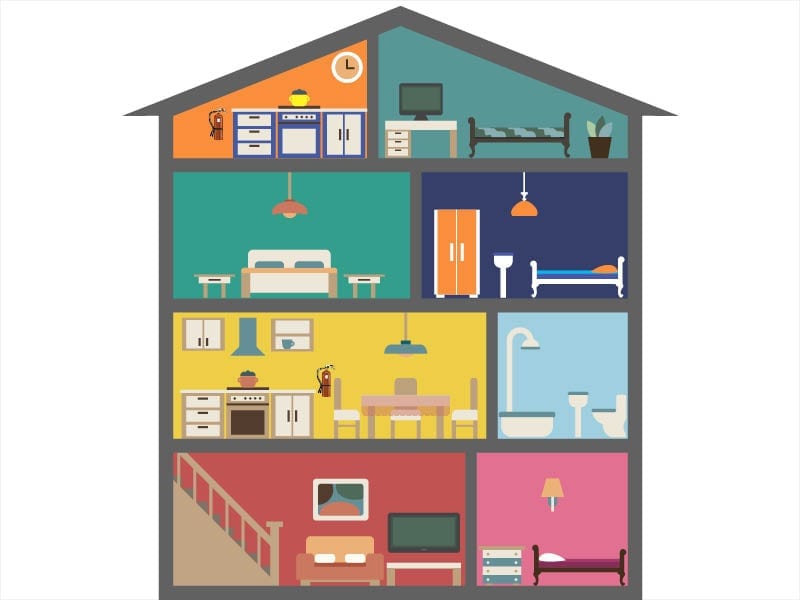Legally every landlord has to meet fire safety obligations but those requirements vary depending on the type of property being rented out and the nature of the tenants. For landlords with a house, or houses, in multiple occupation (HMOs), the fire safety requirements become more complex especially if the HMO requires a licence. And changes set to take place in England this autumn mean that an estimated 177,000 more HMOs are about to become subject to mandatory licensing - with their fire safety obligations increasing as a result.
What is an HMO?
The Housing Act 2004 introduced a detailed definition of what an HMO is. In essence, for a building or part of a building (like a flat) to be classified as an HMO it must meet the following criteria. It’s a building:
- in which more than one household shares an essential amenity such as a bathroom, toilet or cooking facilities, or;
- it’s a converted building that isn’t entirely comprised of self-contained flats (whether or not there is also sharing, or lack, of amenities), or;
- it’s comprised entirely of converted self-contained flats where the standard of conversion doesn’t meet the minimum required by the 1991 Building Regulations, and more than one third of the flats are occupied under short tenancies.
